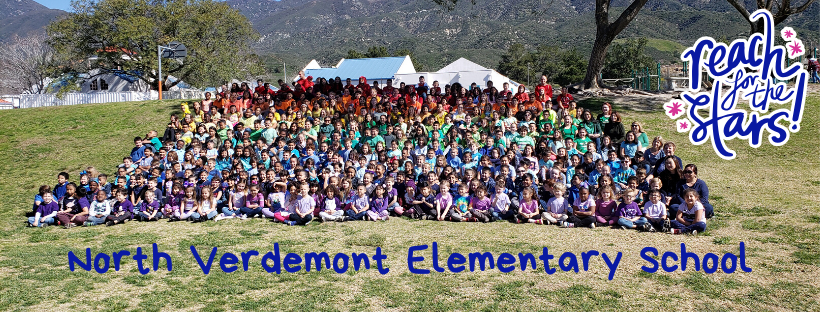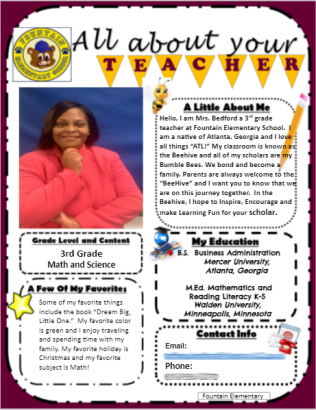‘Is the Delta Variant Going to Devastate Us Again?’ What This Week’s Reopening of 3 Big Districts That Played it Safe Last Year Might Tell Us About the Fall

Get stories like this delivered straight to your inbox. Sign up for The 74 Newsletter
Updated, Aug. 5
Parents and community members know Kimberly Robel, principal of San Bernardino’s North Verdemont Elementary School, as an unshakably enthusiastic leader. The administrator gives off “a cheerleader energy because she’s just so gung-ho, rah-rah,” said district spokesperson Maria Garcia.
But last week, Robel was anxious.
She was planning for her school’s Aug. 2 reopening, when the full 516-student body would return in person to classrooms. For the entirety of the past school year, the 47,000-student San Bernardino City Unified School District had remained fully virtual with no face-to-face instruction. Aside from a cohort of young people who participated in a three-week summer program at Robel’s elementary school in July, none of her learners had stepped foot inside the building since March 2020.
Fears replayed in her head like a song she couldn’t quite get out.
“We worry about our kids getting sick, worry about adults getting sick,” Robel told The 74, wondering, “Is the Delta variant going to devastate us again? Are we going to have to shut down again?”
Yet come Monday, the school was again filled with the long-awaited buzz of students, and to the great relief of many, the day went off without a hitch, according to Garcia. Across the district, some 95 percent of students returned to classrooms and North Verdemont reported no COVID cases.
“It’s something that we have missed so much,” said Robel. “The little faces and eyes smiling over the mask … it just makes your heart kind of explode.”

After a summer that brought renewed pandemic worries amid a surge in Delta variant infections, and with children under 12 not yet eligible for coronavirus vaccines, the return to full-time, in-person learning that appeared all but inevitable this spring as schools embraced reopening is now shadowed by doubt.
Hallways across the country are beginning to once again echo with excited conversations and the squeak of new sneakers. Among the first to go back are districts like San Bernardino and some others that took a conservative approach to COVID mitigation by remaining fully remote or hybrid last year. Their first-out-of-the-gate experiences may prove a bellwether for what’s to come this fall.
“They’re the ones to watch whether they open traditional (in person, five days a week), because they haven’t been traditional in over a year,” Dennis Roche, who has tracked school reopenings through the pandemic as co-founder of the website Burbio, told The 74.
Schools that reopened fully last spring, “they’ve already rode this train,” Robel admits. But as her district marches forward with the return to classrooms, the principal is confident that they will rise to any challenges that may unfold.
“The people here are resilient,” she said of her community, which weathered a mass terrorist shooting in 2015 that claimed the lives of 14 individuals and seriously injured another 22.
Clayton County Public Schools, a suburban district just south of downtown Atlanta, also returned to the closest it’s been to normal schooling since March 2020 when it reopened Monday. After the majority of its students remained remote through the last school year, about 95 percent of the district’s 52,000 students returned to in-person learning this week.

“We are ready,” Teffany Bedford, a third-grade teacher at Fountain Elementary School, told The 74. “We feel safe. I think it’s going to be great getting back to those face-to-face interactions, which is what we’re used to.”
At her school, only about half of families came back to school last spring, Principal Jamilah Hud-Kirk told The 74, while this August, all but eight families have chosen to attend in person.
“We’re excited to welcome them,” said Hud-Kirk. “We missed our scholars and they missed us.”
With the Delta variant spreading rapidly in Georgia, masks are required in her building and across Clayton County schools, as they are in San Bernardino. The California district has also installed air filters and updated ventilation systems in each of its schools.
But additionally, the administrators at both Fountain and North Verdemont have put a premium on communicating their reopening plans clearly with families. Both held virtual information sessions for community members to learn about their school’s reopening plan and ask any questions. Last week, teachers at Fountain directly called the households of every student in their classes. Ms. Bedford, as her students call her, was able to connect with the families of every single youngster on her list.
“You have to meet your community where they are,” said Hud-Kirk.
Not all school systems, however, were able to respond as readily to parent concerns. Tucson Unified School District, which ended last year in a hybrid learning scheme and returns students to classrooms Aug. 5, had planned to begin the year without requiring face coverings due to an Arizona state law banning mask mandates. That edict stands even after the Centers for Disease Control and Prevention updated their school guidance with a recommendation for universal teacher and student masking in late July, and despite State Superintendent Kathy Hoffman calling on the governor’s office to change masking rules. Gov. Doug Ducey doubled down instead, calling the CDC’s new guidelines “unnecessary and unhelpful.”
At a school board meeting in late July, a steady stream of public comments begging the district to enforce a mask requirement prompted Tucson Superintendent Gabriel Trujillo to remind viewers that “the decision of whether or not to mandate masks in any Arizona school or school district is no longer in the hands of any school governing board, superintendent or principal.”
Despite that, at an emergency meeting called the morning before school opened, the Tucson Unified board did just that, voting unanimously to require masks in school. By doing so, the district joined four other Arizona school systems — two of which are in Phoenix — in defiance of the ban.
“They really do have their hands tied,” Clare Robinson, parent of a 7-year-old in the district, lamented before the board voted to disregard state law. The young mother was already planning on sending her child to school clad with a face covering and, at that point, just hoping other parents would do the same.
But without a universal masking policy, Robinson told The 74 she was worried kids would increasingly skip out on wearing face coverings. At her son’s summer camp, for instance, fewer and fewer kids kept their masks on as the weeks went by, building a social pressure against masking.
Perhaps out of concerns for kids’ safety, slots in the district’s virtual learning program were filling rapidly. On July 20, enrollment had spiked from 700 to 1,200 in just a week. “We are projecting that the numbers will keep going up,” Trujillo said at the time.
Still, the vast majority of the district’s 47,000 students will be attending school in person. As of Aug. 3, only 2,045 students were enrolled in the district’s virtual academy, according to spokesperson Veronica Castro-Vega — that’s slightly below the 5 percent opt-out rates in San Bernardino or Clayton County.
Robinson says many Tucson parents who were uncomfortable with their school’s previous masking policy faced a tough choice, especially if their child struggled with remote learning. On balance, most students tuning in online fared worse than their in-person peers, copious research shows.
“I don’t see [virtual school] as the answer that’s best for the greater good,” said Robinson. For her own family, Robinson had been considering a temporary move to her parents’ home in Berkeley, California, where masks in schools were never in doubt.
U.S. Secretary of Education Miguel Cardona seconds Robinson’s stance, advocating for schools to return students to face-to-face learning this fall — with masks.
“We know that mask wearing and mitigation strategies allow [schools] to reopen safely,” the education secretary told National Public Radio Monday. If increased spread of the virus shutters schools, he said “to me, that’s a failure of adults.”
As the new school year unfolds in San Bernardino, where masking is a non-negotiable, Principal Robel has navigated some unforeseen hurdles: staffing is a bit short, and she wishes her school had held a welcome session for first-graders and their families who, while learning virtually last year, never became familiar with the ins and outs of the building. But the bumps are smoothing out and the principal believes her community can face whatever COVID’s next curve may be for the 2021-22 school year.
“I think they’re feeling cautiously optimistic,” she said.
Get stories like these delivered straight to your inbox. Sign up for The 74 Newsletter

;)
